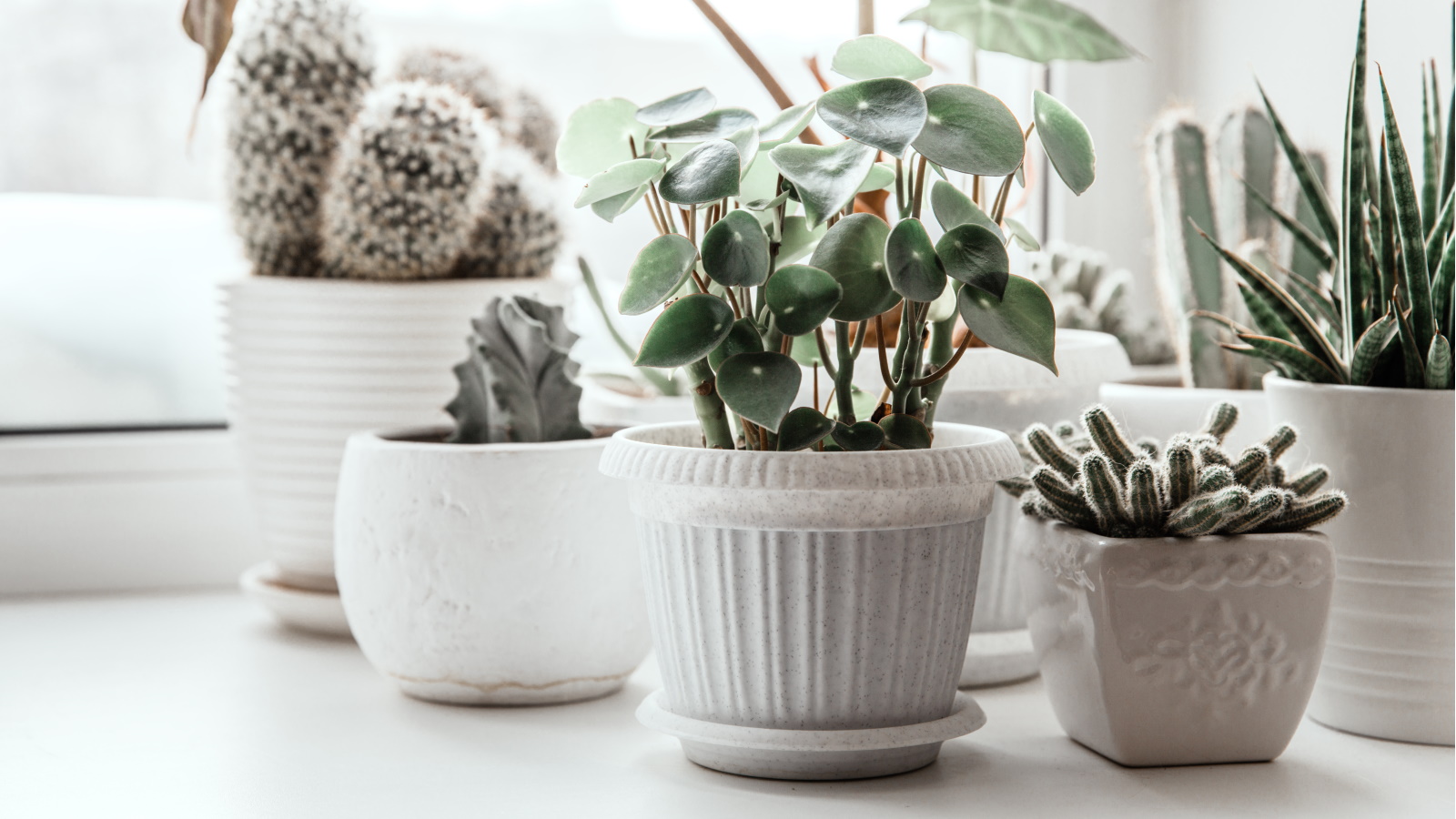
With backyards feeling quieter in the winter season, we turn our attention to indoor gardens. Even though they're protected from the elements, houseplants do require some TLC to get through the colder months unharmed.
When caring for houseplants in winter, there are a few things to keep in mind. Not knowing how to correctly water your plants or where to place them during this season, for example, can have a detrimental impact on their health. That's why so many houseplant owners end up throwing away indoor plants during winter.
But don't worry, it's quite easy to avoid winter houseplant care mistakes once you're aware of them. Many of them are also general common indoor plant mistakes that you should familiarize yourself with for all year round houseplant care.
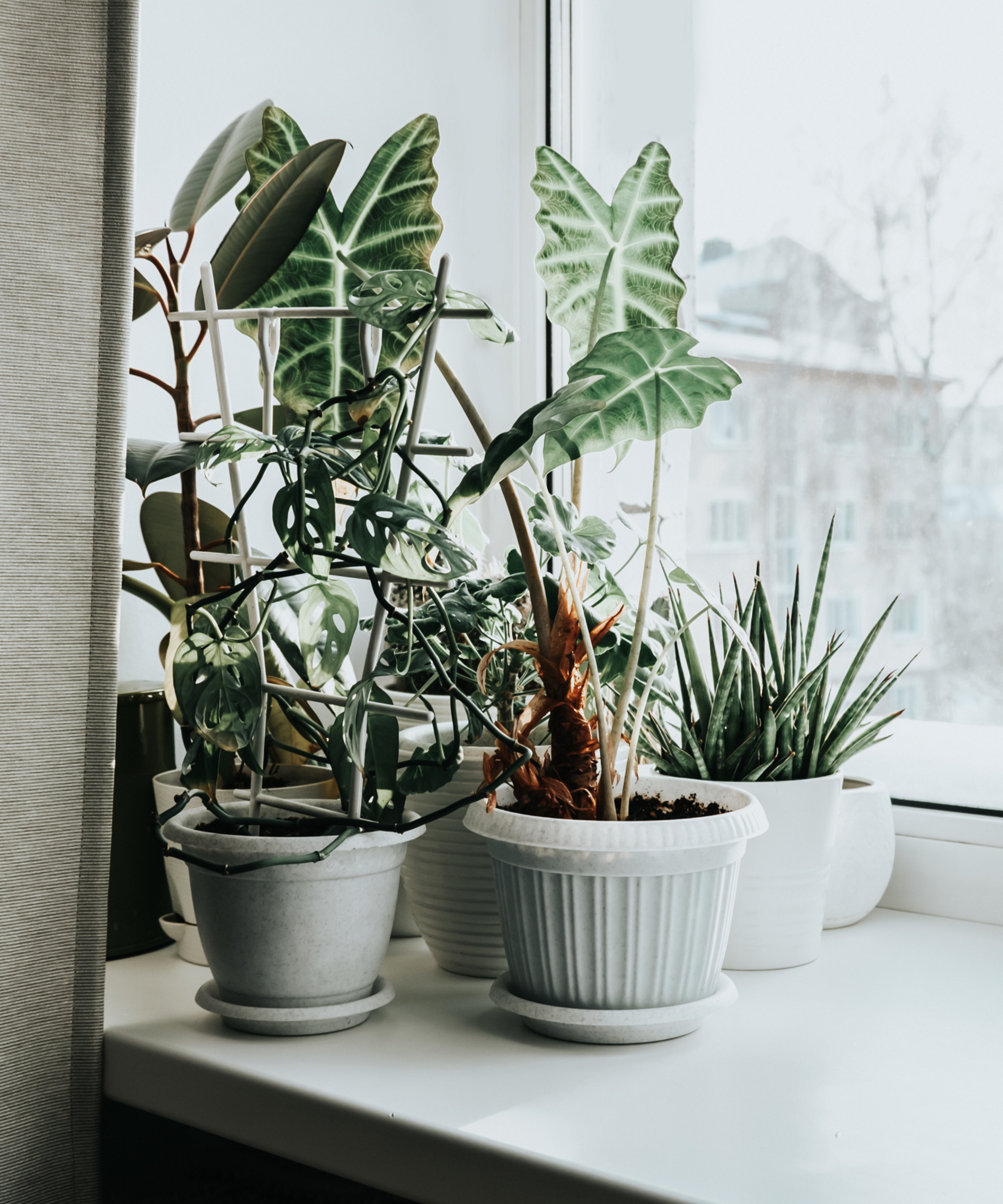
5 winter houseplant care mistakes
Bear in mind that different houseplants do have different needs. For example, there are some cold-tolerant houseplants that will withstand lower room temperatures than others. Nevertheless, these are five winter houseplant care mistakes you should steer clear of for each of your plants this season:
1. Watering your houseplants too frequently
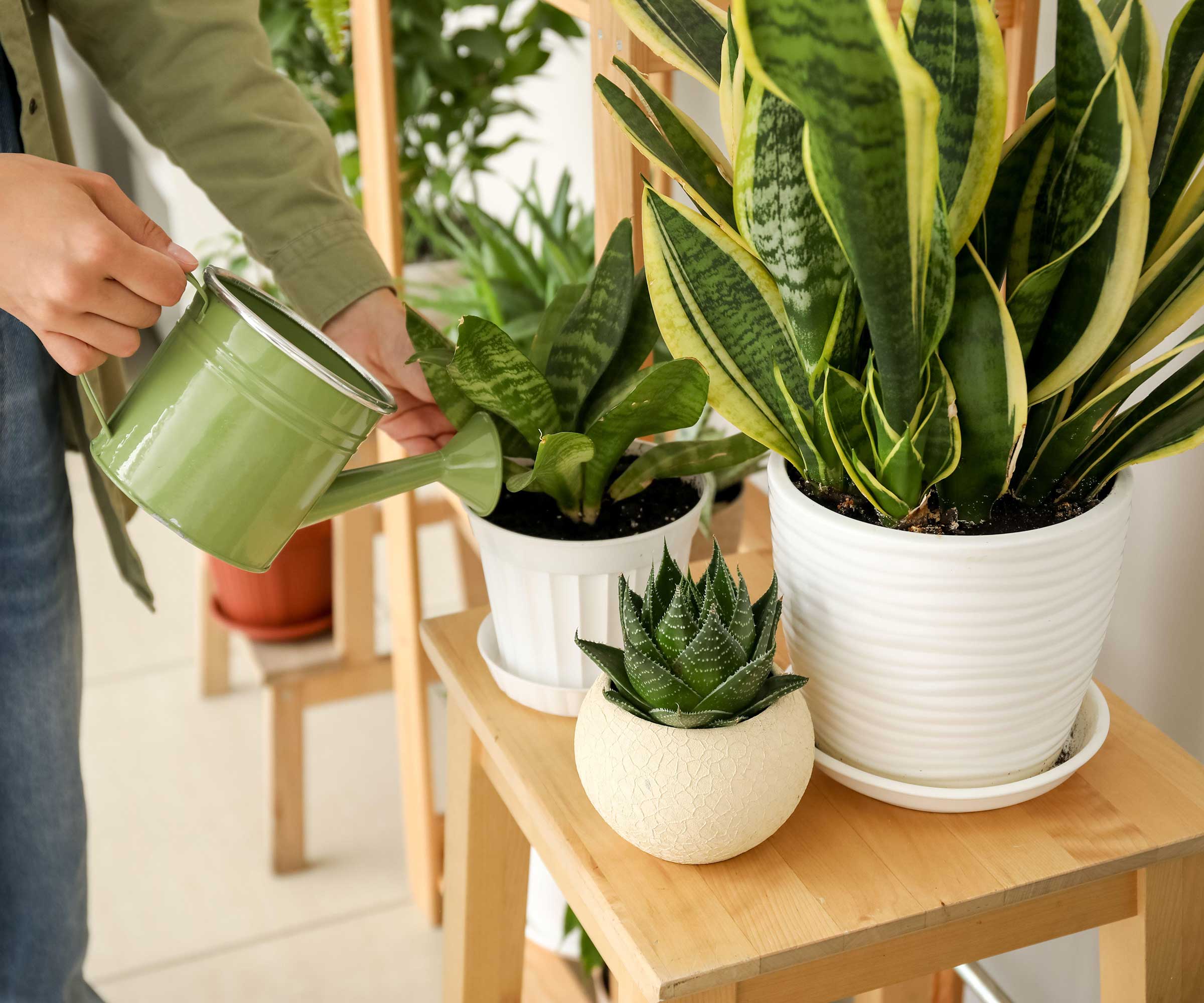
It's no surprise watering houseplants incorrectly is at the top of the list of winter houseplant care mistakes - this is often something houseplant owners are guilty of doing at any point in the year. What's particularly pertinent about avoiding frequent watering during winter, however, is your plants don't need as much moisture as they do during warmer months.
'You want to pull back on watering houseplants in winter for two main reasons,' says Julie Bawden-Davis, indoor plant expert at Healthy Houseplants. 'Firstly, they will be drinking less and more slowly during the winter months. Secondly, you don’t want them sitting in wet soil for long periods, as that can quickly lead to houseplant root rot,' she explains.
The majority of indoor plants are dormant during the winter season, meaning they require far less water than when they are actively growing. Frequent watering can result in oversaturated soil leading to a range of problems, as Julie notes.
Try using this soil moisture meter from Amazon to identify when your houseplants need a top up of water during winter.
2. Feeding your houseplants when they're dormant
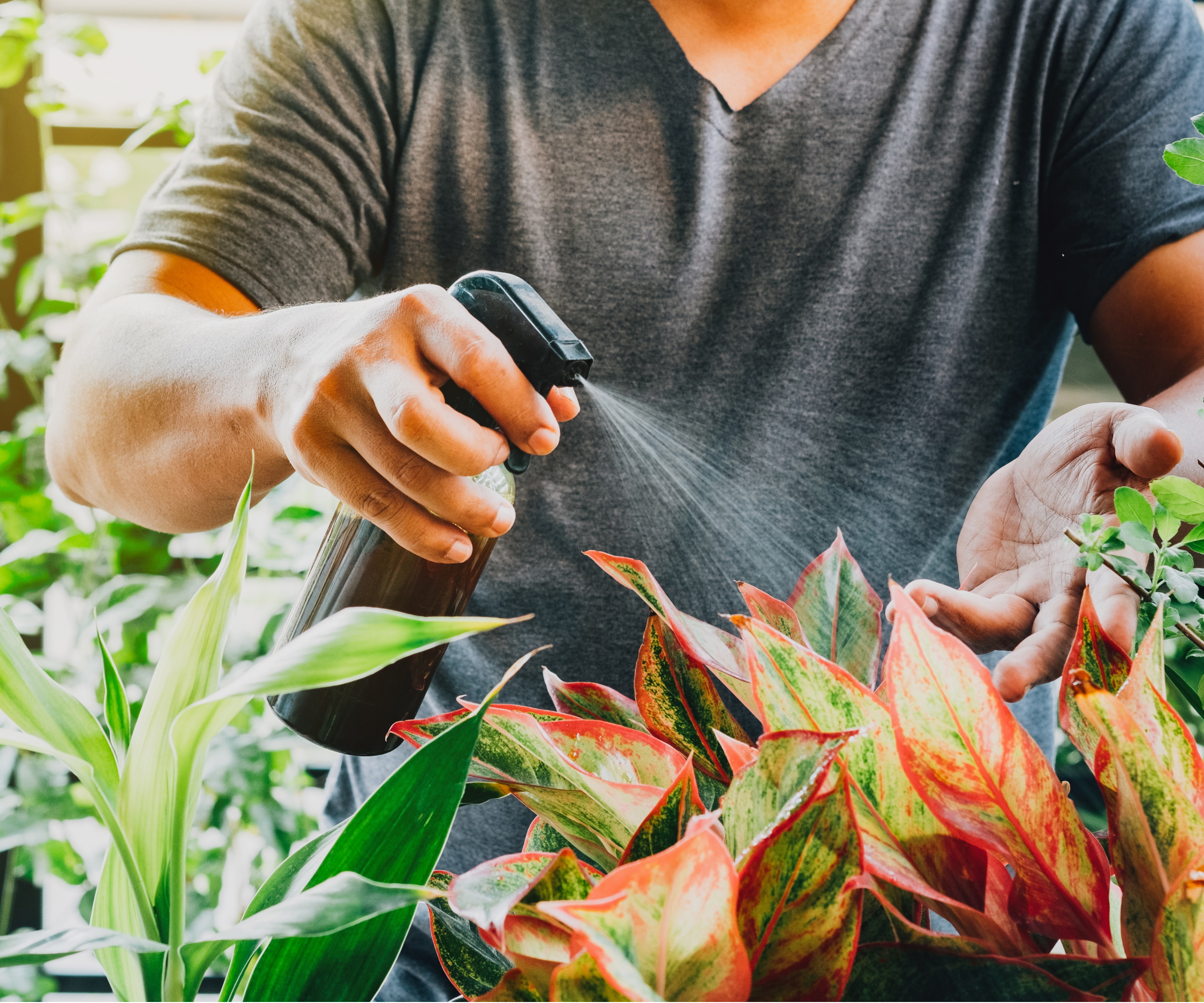
On a similar note to watering, your houseplants don't generally need feeding when they aren't actively growing. Therefore take care to avoid fertilizing mistakes like feeding your houseplants during winter.
This can once again oversaturate the soil as the plants aren't taking up the fertilizer and cause both root burn and root rot. However, there are some exceptions:
'If your plants are still growing, it is absolutely OK to fertilize during the wintertime,' says Raffaele Di Lallo, plant expert from Ohio Tropics. 'Even so, I would use a lower concentration of fertilizer. For example, if you normally add half a teaspoon of fertilizer per gallon, you may want to use a quarter teaspoon instead during the wintertime,' he advises.
It's best to research the specific growing requirements of the plants you're growing and act accordingly. When in doubt, put a pause on fertilizing until the spring temperatures kick in.
3. Keeping your houseplants near a cold window
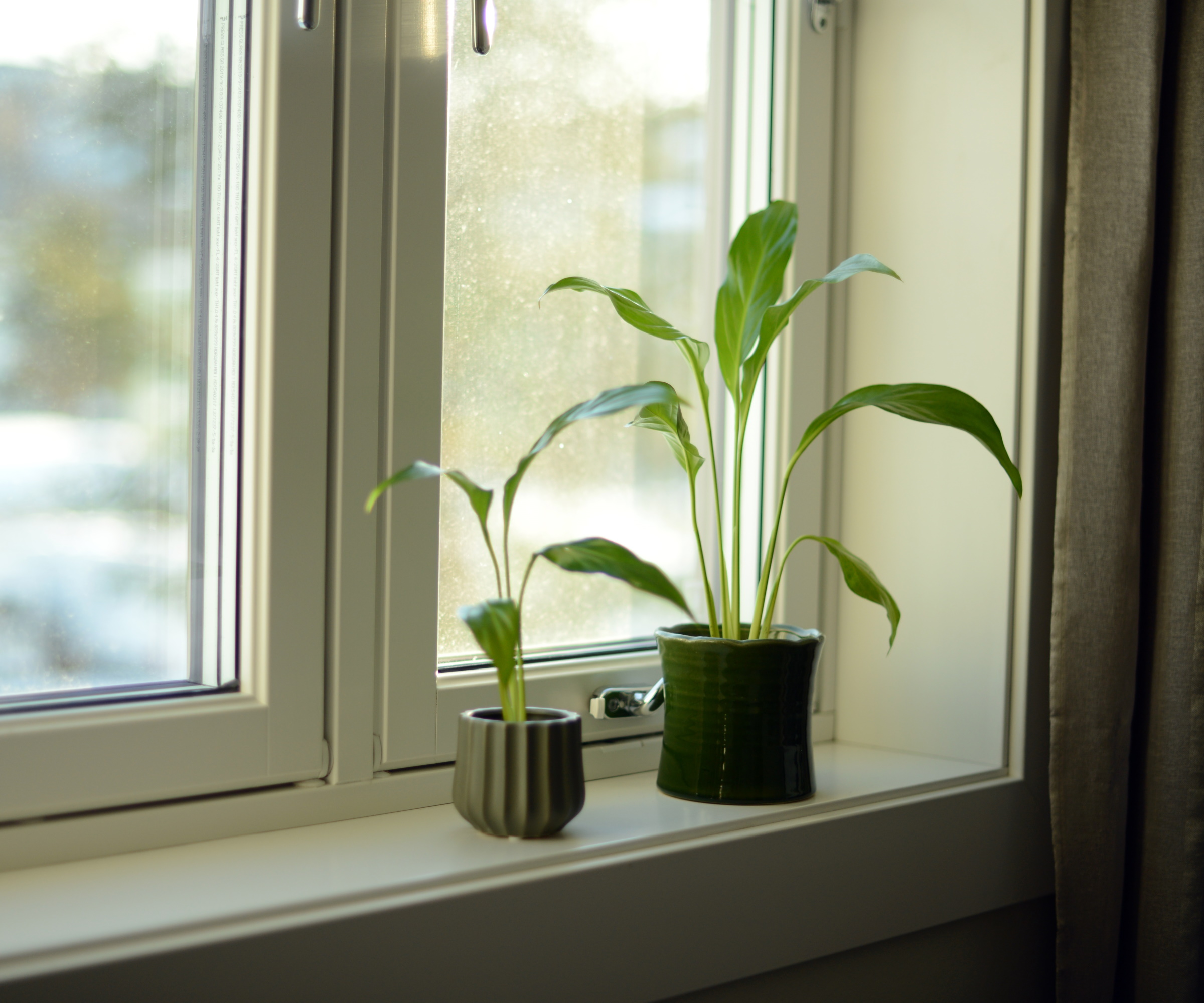
As mentioned, there are some houseplants more tolerant to cooler temperatures than others. However, if you have a large collection of tropical indoor plants or houseplants that don't cope well with colder room temperatures, it's best to move them away from chillier spots of your home.
'Move your houseplants to the warmest areas of your home in the winter,' Julie suggests. 'However, avoid placing them in the way of heating ducts, as the warm air will dry the air around them and cause problems with low humidity,' she adds.
Avoid drafts, cold windows, and heat sources to ensure your houseplants don't become too cold or too warm during the winter season.
If you have rooms that get particularly cold during winter, there are plenty of ways to keep houseplants warm. For example, you can use this heat mat from Amazon.
4. Not adjusting light levels for houseplants
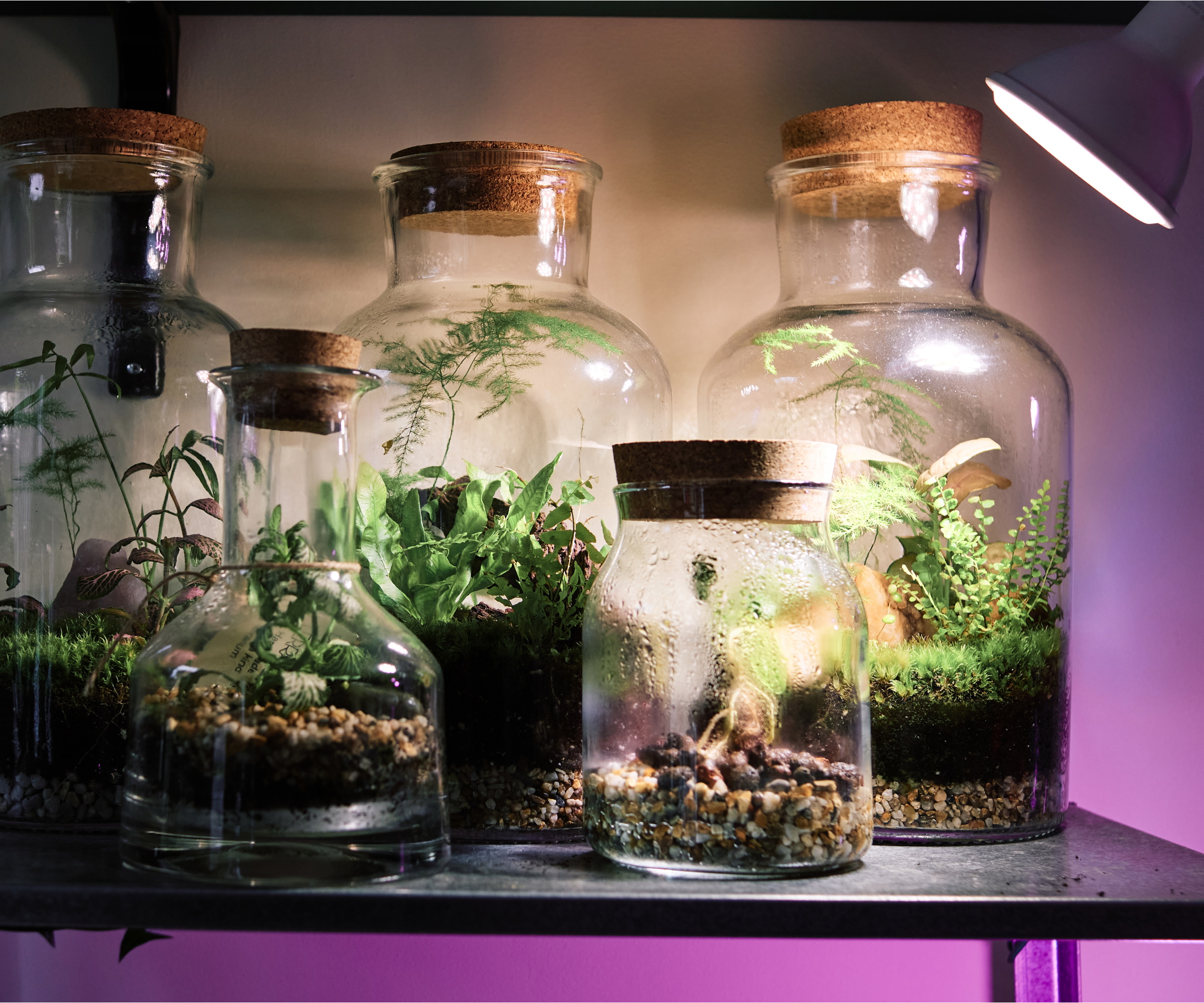
Although it's wise to move houseplants away from cold windows, make sure not to remove their access to light entirely. Winter months bring darker days and less hours of daylight, so it's key to provide as much light for your houseplants as possible.
'Adding a full spectrum grow light for houseplants can make the difference between life or death for your plants, especially if your home lacks good natural light,' Raffaele says.
Grow lights (like this one from Walmart) provide a supplement to natural light for plants. You can use it to boost light levels or use them exclusively to grow your plants. They're also valuable for young seedlings if you've sown seeds indoors, as well as indoor herb gardens.
'Aim to have the grow lights on for 12 hours a day,' says Raffaele. 'Some even allow you to set a timer so that it turns on and off automatically,' he adds.
This grow light provides the equivalent of full-spectrum sunlight at noon. It has a timer function so you can set it to stay on for four, eight or 12 hours at a time.
5. Forgetting to check for pests
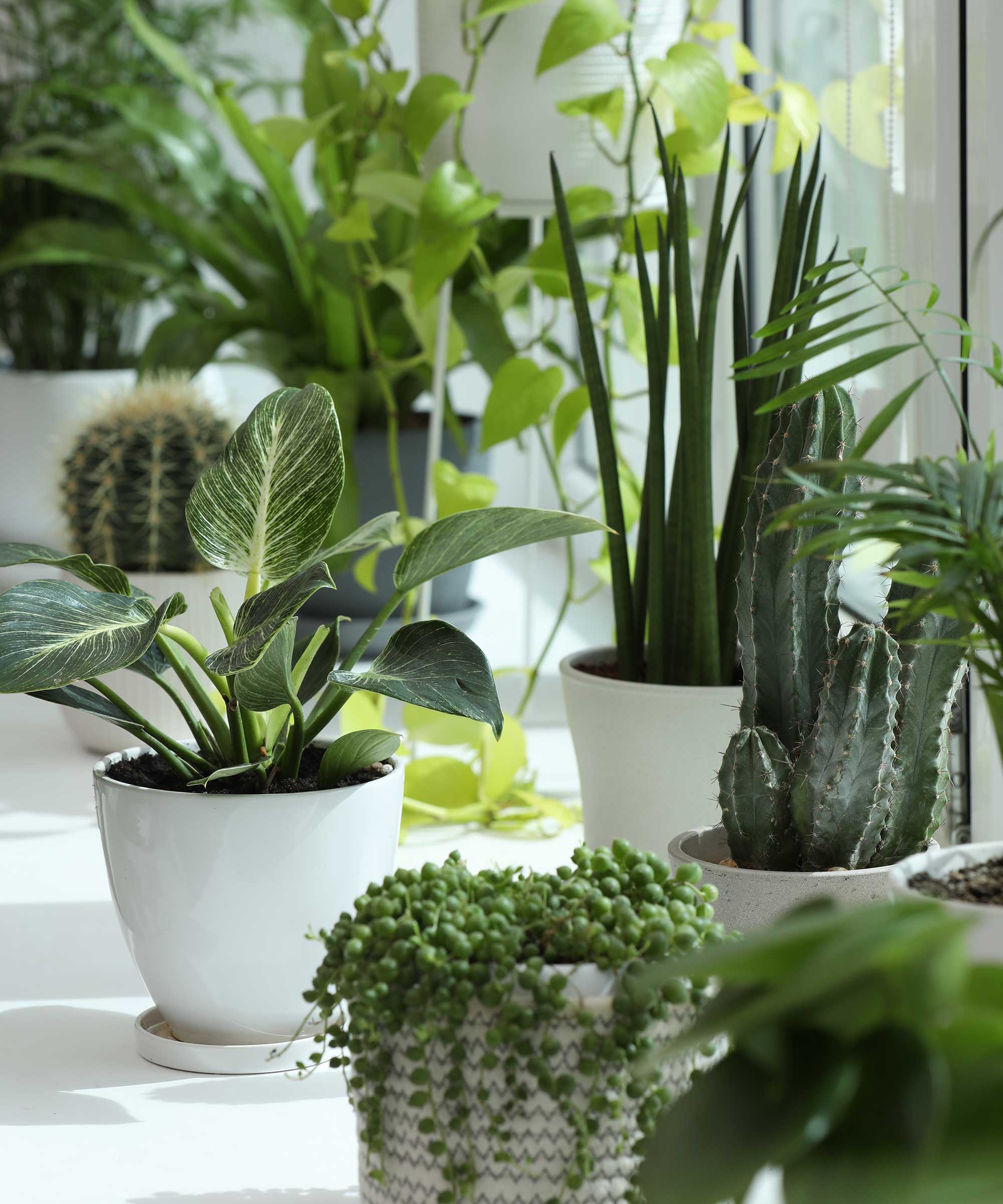
Something you have to keep on top of throughout the year is common houseplant pests. Not catching them as soon as possible can risk a spread among your other plants.
'Keep an eye out for pests, which can sometimes proliferate in the winter months,' advises Julie.
You never know when you will be faced with a pest problem, but there are some pests in particular that are more active during winter, e.g. thrips, gnats, and aphids.
To avoid having to get rid of gnats or get rid of thrips, make sure to take the time to check your houseplants for pests. This includes looking on the underside of leaves where pests often hide. Regularly cleaning houseplant leaves with water and a microfibre cloth (available at Walmart) can also help keep pests at bay.
FAQs
Do houseplants need extra humidity in winter?
Houseplants can benefit from extra humidity in winter because the air tends to be drier. There are plenty of ways to increase humidity for indoor plants, including using a humidifier (from Walmart) and placing houseplants closer together.
Why do my houseplants turn yellow in winter?
If your houseplants tend to turn yellow during winter, it's a sign you need to adjust your winter houseplant care. Overwatering, fertilizing during cold months, and placing your houseplants somewhere cold during winter are all errors that can make your plants unhappy during this time of year, sometimes resulting in yellowing leaves. Adjust growing conditions accordingly to nurse your plant back to health.
Luckily, all of these winter houseplant care mistakes are easy to rectify. If, however, you're still feeling nervous about maintaining healthy houseplants during the coldest season, try growing some of the best winter houseplants. These are the plants that can cope better with colder room temperatures and lower light levels.







